NOT ALL FENCES ARE BUILT EQUALLY
Handy Tips
“Rest assured, Kyneton Fencing doesn't take shortcuts or skimp on materials.
My quotations might not be the cheapest in town, but there are very good reasons for that, which I know are important to you. I base every quote that I provide to my clients on a high-quality result derived from skilled craftsmanship, attention to detail and sourcing and using the best materials for the job and specifics of each site.
When it comes to getting a fencing quote or two, it’s important to know what you’re asking for so you can compare 'apples with apples'. Otherwise, your project might just end up 'pear-shaped'!
To get you started, I have compiled a list of key terms to help you 'talk turkey' with your fencer so they build you the best quality fence for your money, rather than waste your money on a turkey who doesn't know how to build a quality fence!”
Cheers, Ashley
Glossary of Terms & Tips
Plinth - Optional timber at the base of a fence. Plinths are often used next to garden beds to hold back small amounts of soil and/or to keep animals out/in. Make sure you discuss whether a plinth is needed/wanted/included. Also ask about the size/thickness of the plinth - they can vary for different purposes/conditions.
Post - The upright vertical supports in a fence construction. Materials, heights, dimensions and centres can vary. Make sure you request the material, height, size, centres you want and that are right for your particular environment/landscape.
Rail - The horizontal supports in a fence construction. Do you want to see the rails or have them facing away? Does your neighbour agree? How many rails do you want? How many are standard? Make sure you discuss and decide upon these issues.
Capping - The 'dressing' of the top of a fence line. Some people like capping others don't. Make sure you discuss your preference with your neighbour and then let your fencer know so it be included/omitted from in your quote.
Ground level - A skilled fencer will advise you of the possible impact your site's topography might have on the finished result.
Be aware that sloping ground means your fence will maintain the same height and follow the slope of the land BUT the gate must be hung straight so it will open correctly on its hinges. This can look a bit ‘odd’ at first. Make a point of discussing these aspects before you agree to proceed. It can help to have a look around town at other fences and gates built in the materials you’d like and on topography like yours. Or, alternatively, point out things you really don’t like about other fences ;)
Mitre - Upon request, a variable angle can be cut manually to shape timber post tops. As well as being aesthetically pleasing, a mitre has the practical benefit of helping water run off the post rather than sit on it, which helps reduce rot over time.
Solar-powered - Please be aware, if considering a solar-powered gate, that the Macedon Ranges and surrounds can be a challenging climate for optimal solar-powered outcomes. You will need a spot in full-sun; winter, cloudy days, etc. reduces power access and performance. Please consider these aspects; I’m good at what I do, but I can’t control the sun! ;)
On uneven, undulating, sloping ground it is best practice to keep the top of the fence running in a straight line as much as possible.
In a trick of the eye, a straight fence constructed on undulating ground can seem to cause 'gaps' to 'suddenly' appear at the base. This can be rectified with additional soil or an extra plinth. Discuss any extra costs this might incur if your site is not flat.
Picket - Traditionally timber, but now also available in steel, pickets come in various shapes and sizes. Make sure you discuss your preferences based on both aesthetic appeal and fit-for-purpose design.
Paling - Traditionally made of timber, palings are the timber uprights that are overlapped to create a sealed fence.
Footings - Footings refer to the hole in which the fence posts are placed and the filling (i.e. concrete). A good fencer will discuss the depth of the hole and the type of concrete they intend to use. Footings need to be high-quality as they bare the weight of the fence and any movement in soil over the years.
Environmental Factors - It's good to think about the environmental factors particular to your fence's location. High winds, harsh frosts, extreme heat, rainfall, various reactive soil types, all take their toll on materials over time. A good fencer will recommend the most suitable build to get the most years out of your investment.
Fence Height - Fence height is measured from the bottom of the plinth to the top of the fence, not from the ground. Council Zones & Overlays can dictate fence height; these matters are your responsibility, not your fencer’s.*
Boundary - Make sure you know exactly where your title lines are. Your boundary survey is your responsibility, not the fencer's.
Disputes - Sorting out disagreements with your neighbour/s is your responsibility, not the fencer's.
Electric automated gates - There’s a bit to it. I coordinate with a qualified electrician to install your electric automated gates. I also coordinate the concreter for the track, as required. We’ll discuss these details prior to your quote.
*These 'Handy Tips' are not exhaustive and have been prepared as a guide only. Please read our full T&Cs HERE.
